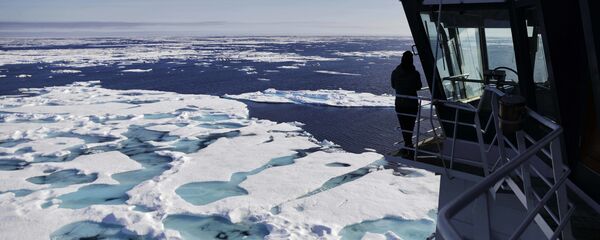Radio Sputnik discussed the new findings with Dr. Fausto Ferraccioli, head of airborne geophysics at the British Antarctic Survey and principal investigator of the PolarGAP project.
Sputnik: Could you please tell us why it was impossible to discover the canyons in Antarctica before? What changed now?
Dr Fausto Ferraccioli: Basically the region where we discover these canyons is the South Pole area, and the South Pole, remarkably, is the least understood sector of the whole Antarctic continent. And the reason for this is that because of its position at the South Pole, not even satellites can peer beneath the ice sheet. And also it’s quite a difficult region to survey and therefore this area basically had not being explored since approximately 1975 and therefore we had very little knowledge about these canyons before.
Dr Fausto Ferraccioli: Not really. What happened is that the project was funded by the European Space Agency mainly to fill in the gap in gravity data coverage, because, as I was saying before, the satellites could not get any data there. This is really to build global models of gravity, but we were lucky enough to also have other sensors involved including airborne radar and therefore we collected the radar which allows us to peer beneath the sheet and discover the bed, mountain ranges and basin such as we found in the region.
Dr Fausto Ferraccioli: It is quite significant. There [are] basically two components of this discovery. The first one is that there’s quite a wide mountain range close to the South Pole. And therefore this forms some sort of barrier between the western and eastern Arctic ice sheets. So now we know that these mountains extend for about 3,500 kilometers along the coastline of Antarctica. But we didn’t know this segment very well. On one side, there’s a sort of barrier that could buffer some of the changes in the west Antarctic Ocean into east Antarctic. But, on other hand, there are these deep canyons that have indeed already cut through the mountains and these [mountains] tell us basically that there used to be a fast flow, so the glaciers used to flow very fast through these mountains. And they may do so again in the future.



